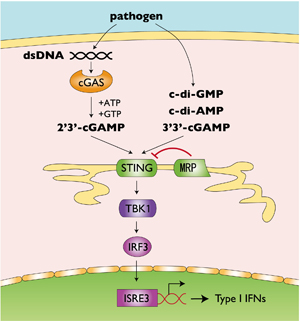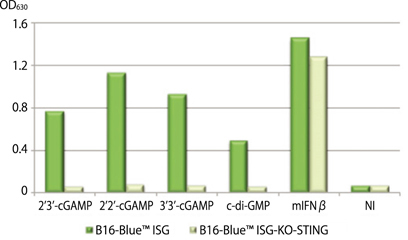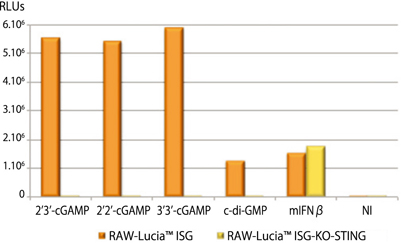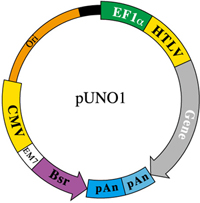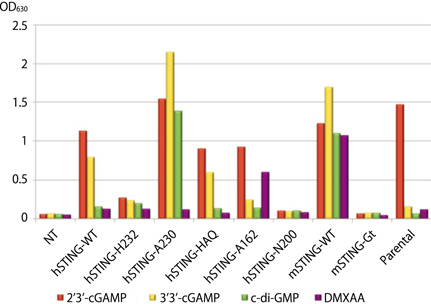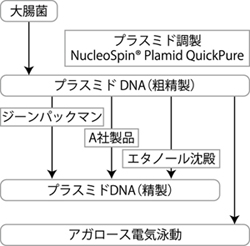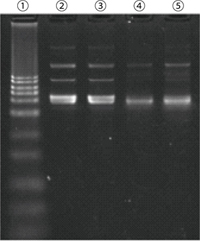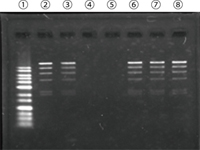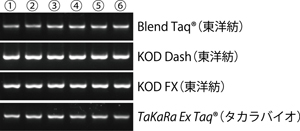植物のマイクロプロパゲーションに最適な容器!一時的に培地へ浸漬するシステム![duchefa logo.jpg]()
この製品に関するご意見・ご照会・お問合せはこちら
Plant tissue culture methods have been used for more than 30 years to propagate a large variety of plants. The conventional method, using semisolid (agar) medium, has been widely used because of its simplicity and low costs. However, the huge amount of labor required is a major disadvantage. New technologies have been developed to reduce the handling time, while at the same time increasing the multiplication rates and plant quality. As a result, the Temporary Immersion System (TIS), was created in the 80s.
The principle of TIS technology is simply immersing the plant material into liquid growth media for short periods of time. These immersions are sufficient for the plant’s nutrients uptake. TIS technology profits from the advantages of liquid cultures, while growing the plants under high gas-exchange environments.
![Duchefa SETIS 1.jpg]()
Advantages of TIS technology
- Production of more plants per square meter
- Higher multiplication rates
- Use of liquid medium reduces agar costs
- Higher nutrient uptake
- Reduced manipulations and labor
- Forced aeration increases growth and biomass production
- Improved plant quality
- Automatization
![Duchefa SETIS 2.jpg]()
There are various TIS bioreactor conformations, which have been described by Etienne & Berthouly (2002). From those, the twin-bottles principle has been the most used in commercial
micropropagation.
The SETIS™ bioreactor is based on this principle, using separated vessels for plant material and growth media, but with an optimized design and technology. SETIS™ is a standard and ready-to-use system for large-scale plant micropropagation.
![Duchefa SETIS 3.jpg]()
The SETIS™ bioreactor and parts
Composed of two vessels:
- Culture vessel (5.6 liters) with ø80mm neck opening.
- Media vessel (4 liters) with ø50mm neck opening.
The culture vessel is positioned on top of the media vessel, making the system very compact and easier to use.
The vessels contain two external hose-barb connectors as part of the vessel body. There are no internal components in the vessels.
The vessels are closed via screw caps (80 and 50 mm diameter), using a silicone gasket in between to assure perfect sealing.
The culture vessel has a flat bottom area of 432 cm2, allowing a high capacity and optimal plant material distribution.
External measurements assembled: 308x180x250 mm
Base measurement: 240x180 mm
The bioreactor requires horizontal shelving for optimal drainage. The inclination of the culture vessel allows self-drainage using gravity. A maximum of 3 liters of growth medium is completely
drained in approximately 5 min.
Working air pressure: 0.1-0.3 bar
The capacity of the bioreactor depends on the plant species, ranging from 300 to 1200 plants per bioreactor.
All components (vessel opening, connectors and air filters), are located on the front side of the bioreactor, simplifying access once placed on the shelf.
The bioreactor includes stackable elements between both vessels to assure a perfect positioning of the culture vessel on top of the media vessel, and to avoid its diaplacement during operation.
Two handles are positioned at both sides of the media vessel to easily carry the assembled bioreactor.
The bioreactor is composed of only three materials, polycarbonate (vessels), polypropylene (screw caps and air filters) and silicone (gaskets and tubing). All of these materials withstand autoclave sterilization and gamma irradiation.
The design of the bioreactor, with its free and curved top, and the high transparency of the vessels, allows a maximum light incidence into the plants.
Note: Follow the instructions described in “User Manual” (www.setis-systems.be), for proper bioreactor utilization.
Cultivating different plant species
The SETIS™ bioreactor has been used to successfully cultivate many different plant species, such as sugarcane, banana, potato, eucalyptus, paulownia and orchids.
With its adequate culture volume, optimal light entry, complete drainage and improved ventilation, the SETIS™ bioreactor is an ideal system to avoid vitrification problems and increase plant quality.
![Duchefa SETIS 4.jpg]()
SETIS™ is more than a bioreactor
The concept of providing an optimized bioreactor to the plant micropropagation industry is not everything.
Additionally, there is a range of products and services offered under the SETIS™ brand name, such as bioreactor accessories, side equipments and technology transfer.
![Duchefa SETIS 5.jpg]()
SETIS™ comprises all necessary elements for designing and initiating a high-tech Temporary Immersion System laboratory.
Advantages of the SETIS™ bioreactor
• Simple and minimalist
• Compact
• Secure
• Maximum surface utilization
• Easy assembly and handling
• Optimal lab setup
• Standard
• Ready-to-use
![Duchefa SETIS 6.jpg]()
この製品に関するご意見・ご照会・お問合せはこちら



